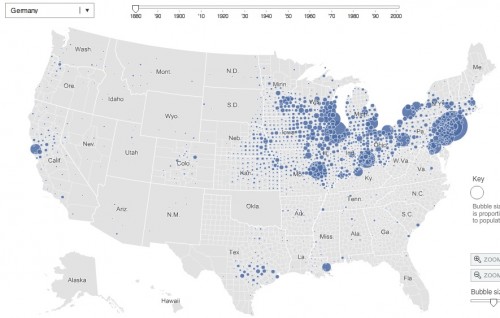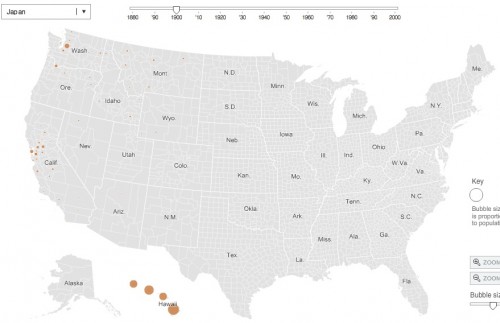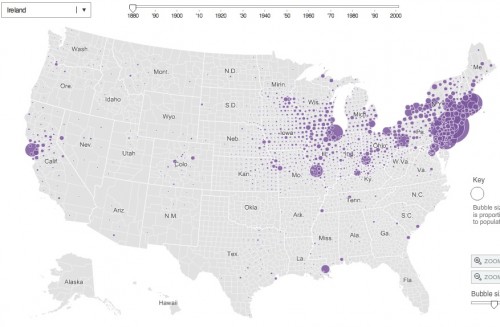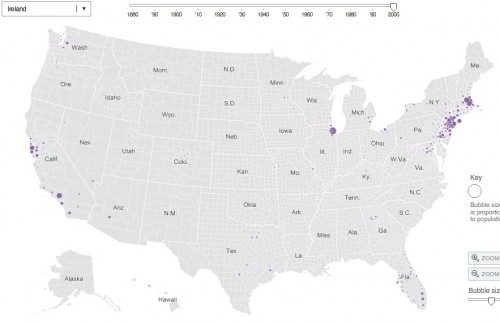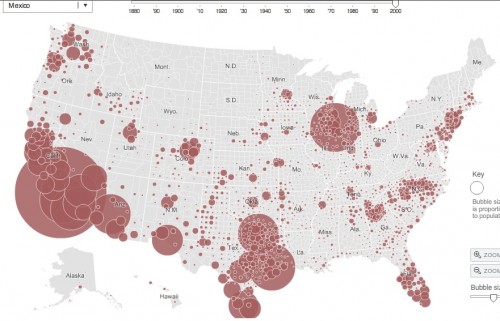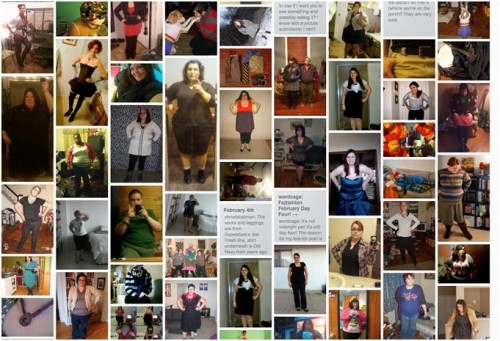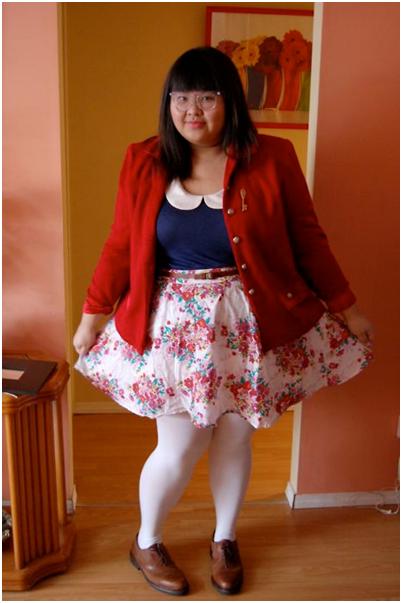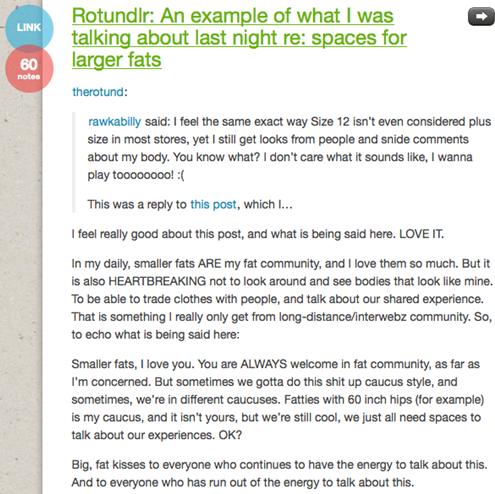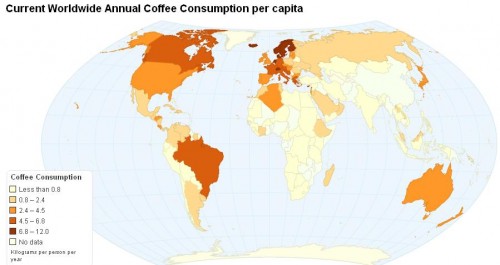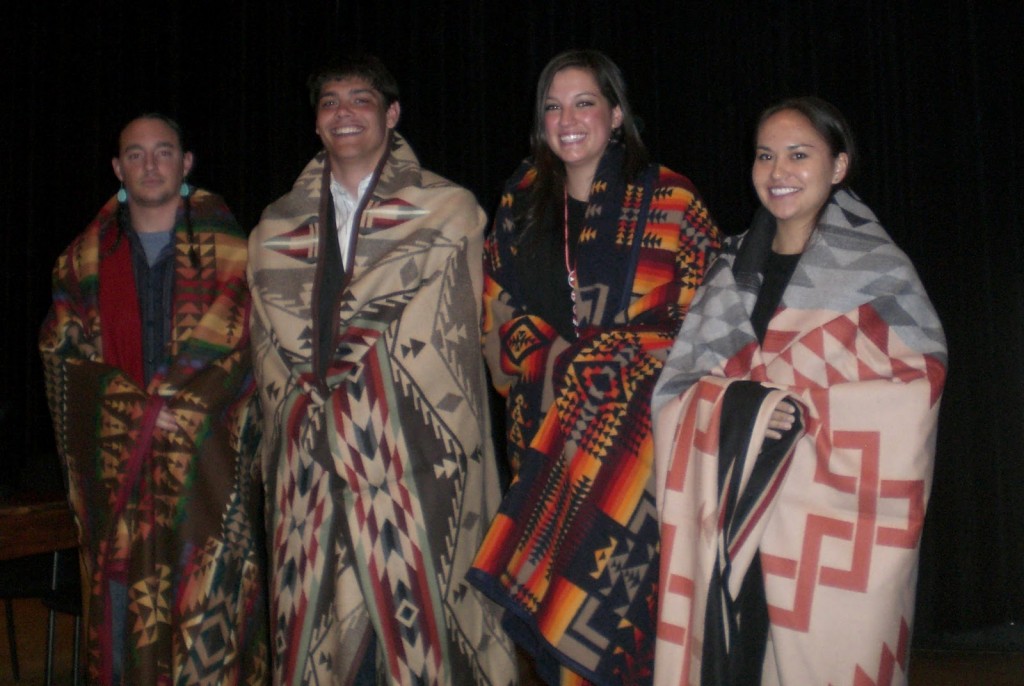Jordan G. sent in a link to work by photographer Mark Laita. Laita, after long working in advertising, decided that he was tired of producing images that were “nice”:
I felt the need to produce something that was raw and real, as life truly is, not just what we aspire to. The more shocking to our sense of what’s “right,” the better.
He decided to do so through contrast. In his new photo series, he tries to get us to think by provocatively pairing portraits. They tell us stories about social class, consumption, social sacrifice, and standards of beauty.
Via BoingBoing and Turnstyle.
Lisa Wade, PhD is an Associate Professor at Tulane University. She is the author of American Hookup, a book about college sexual culture; a textbook about gender; and a forthcoming introductory text: Terrible Magnificent Sociology. You can follow her on Twitter and Instagram.

